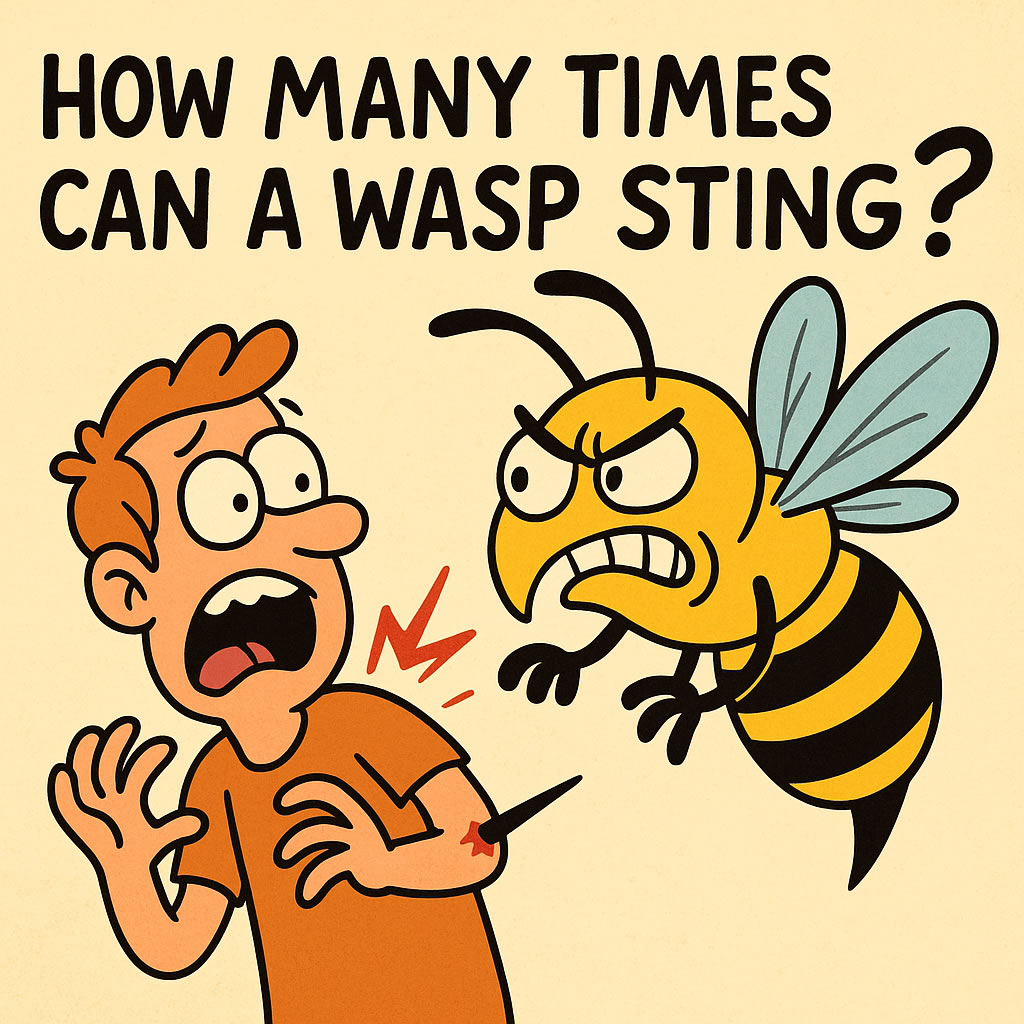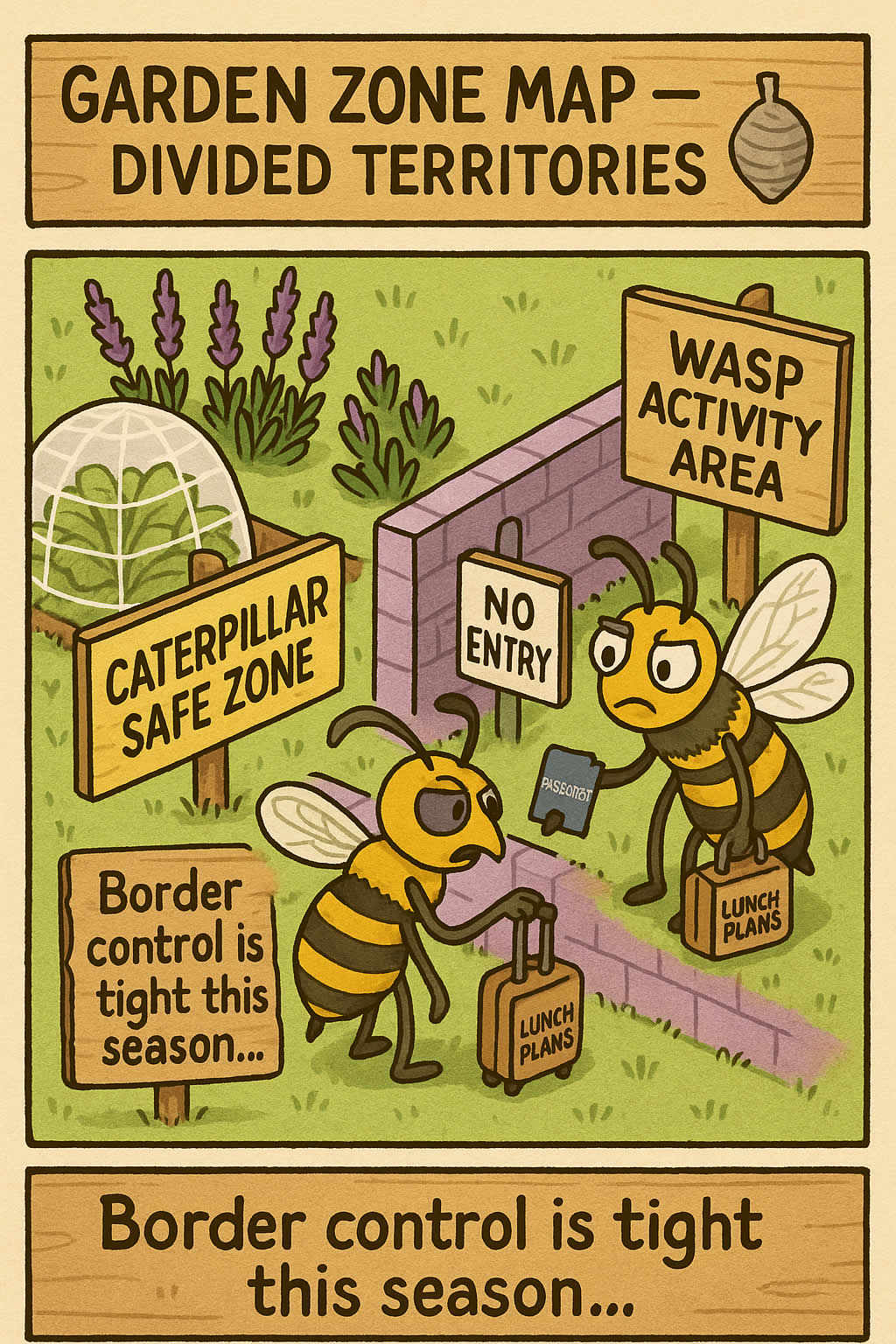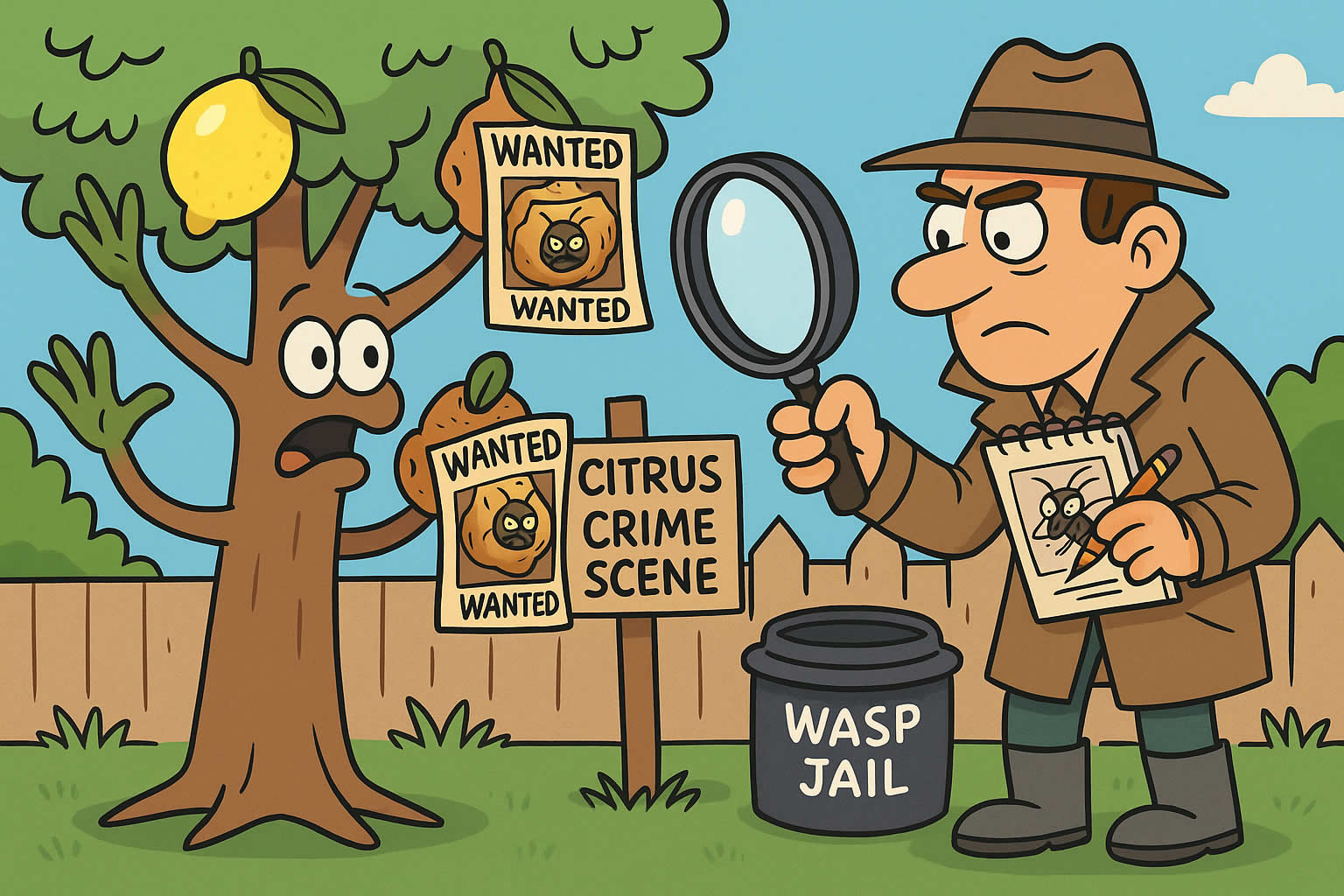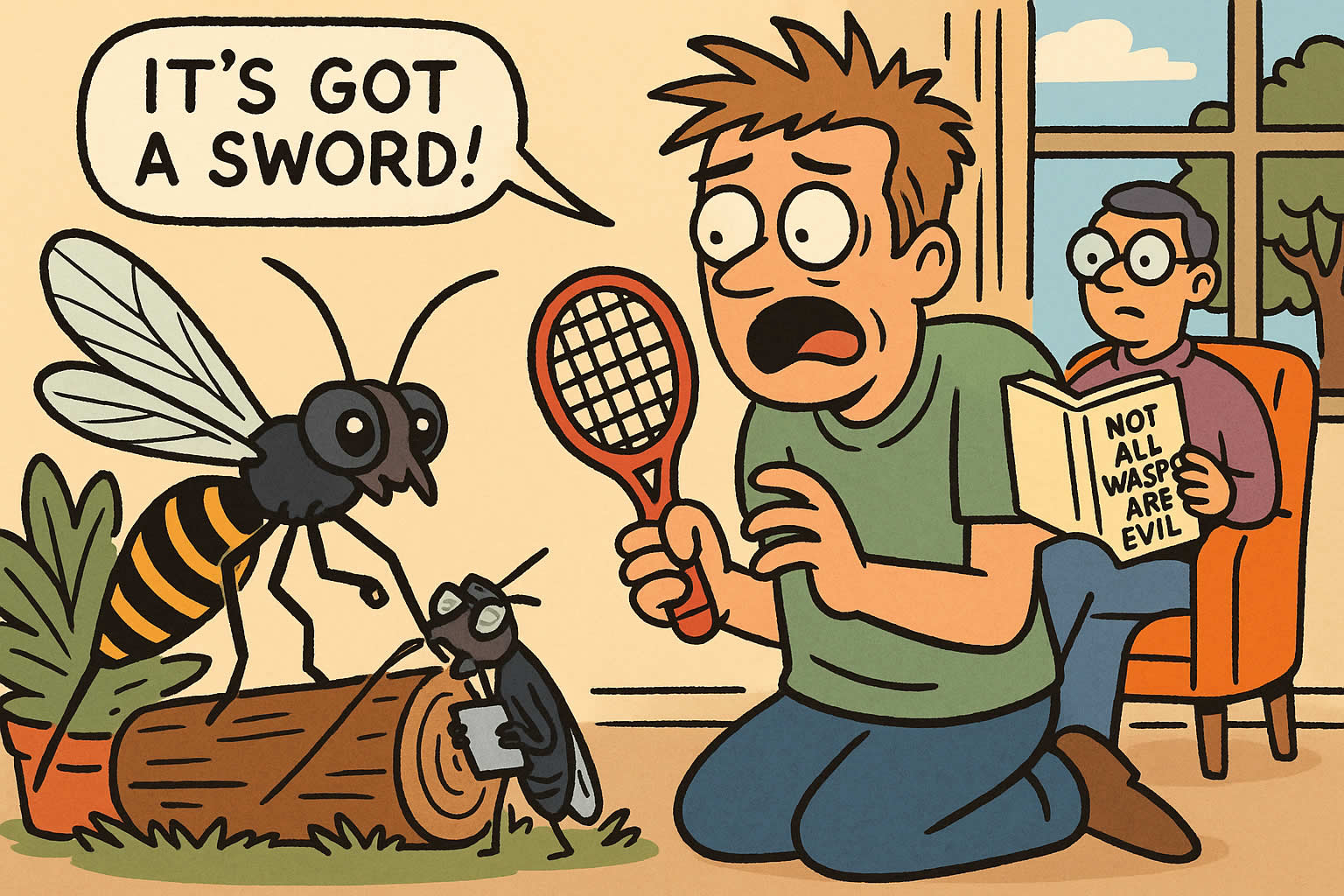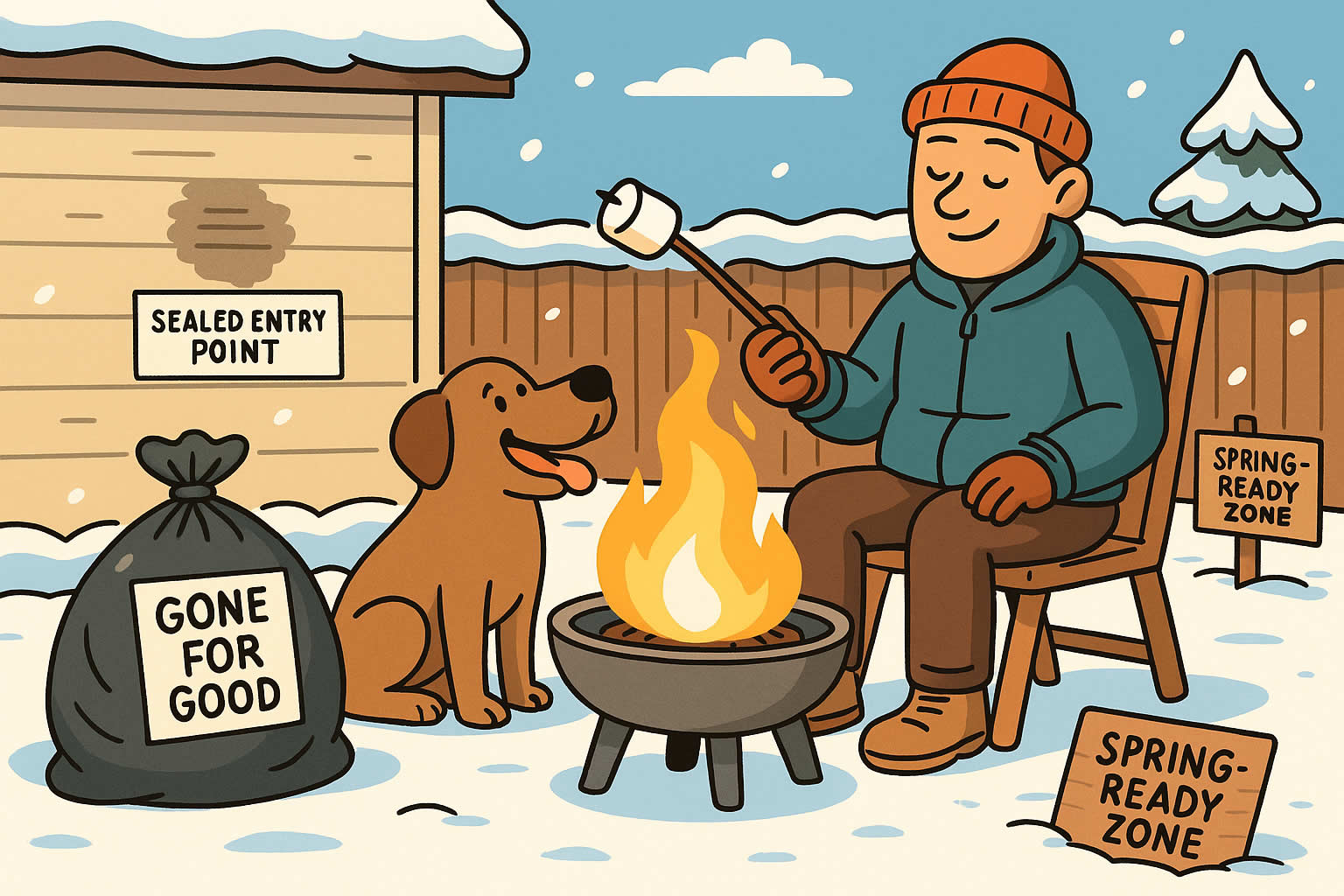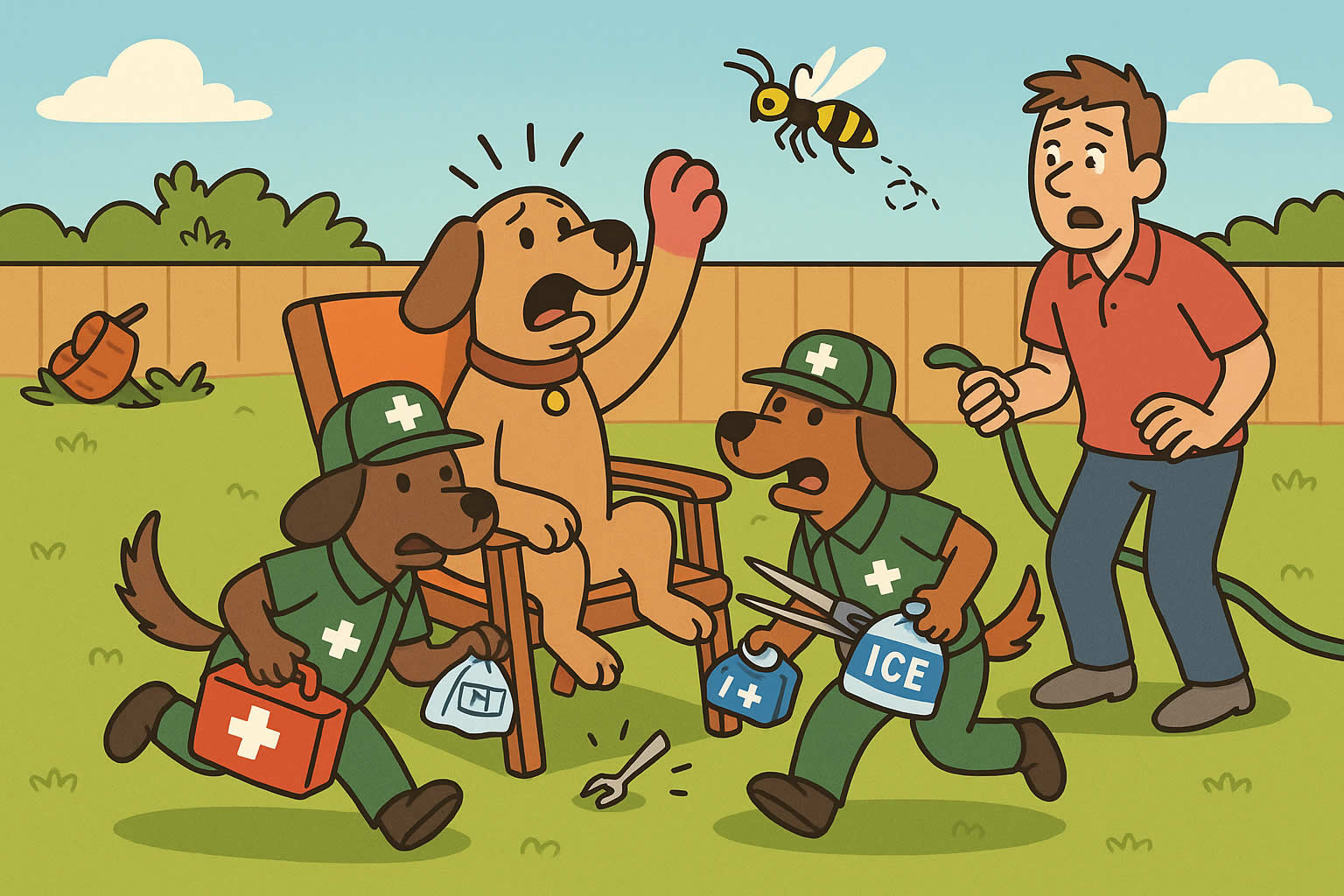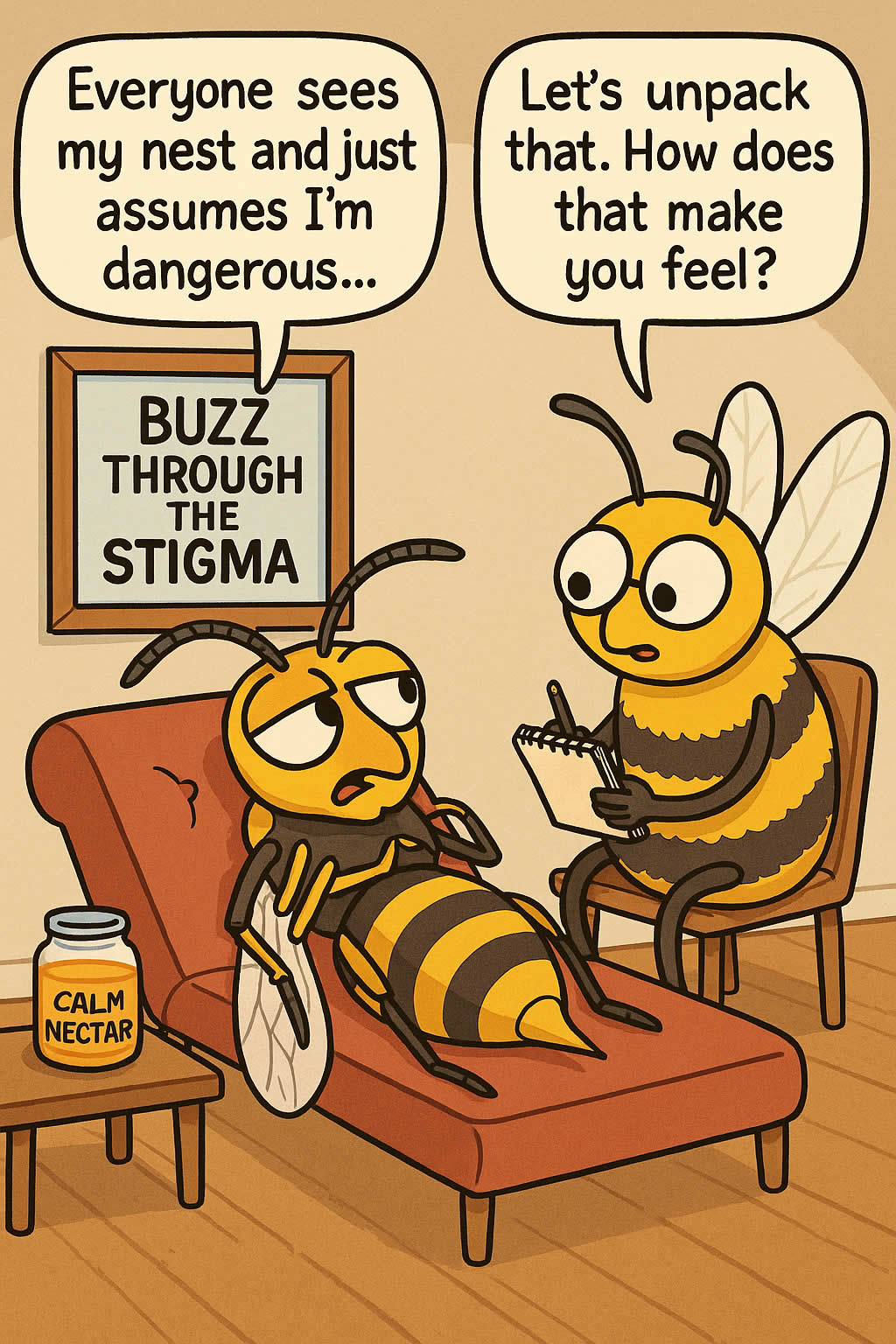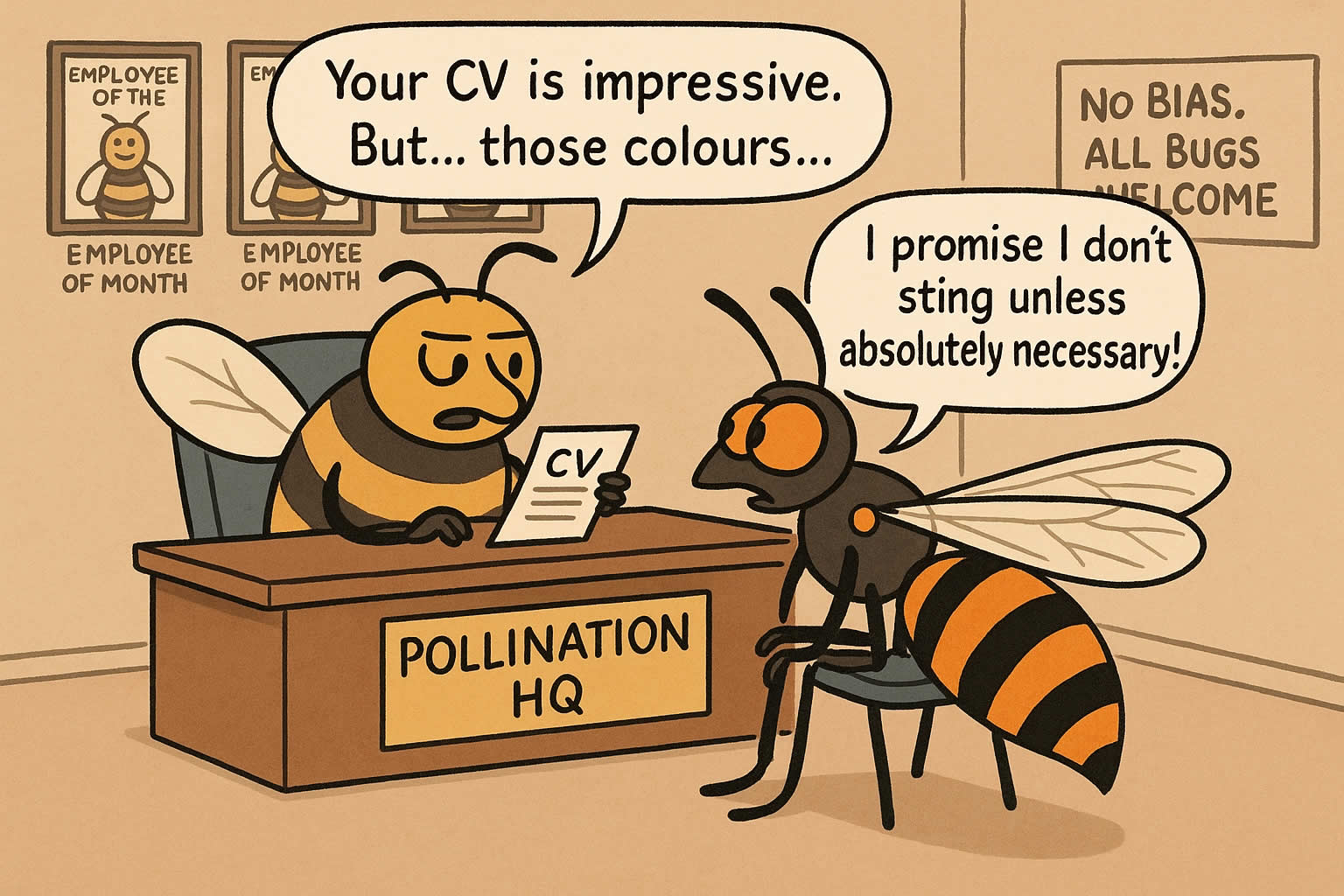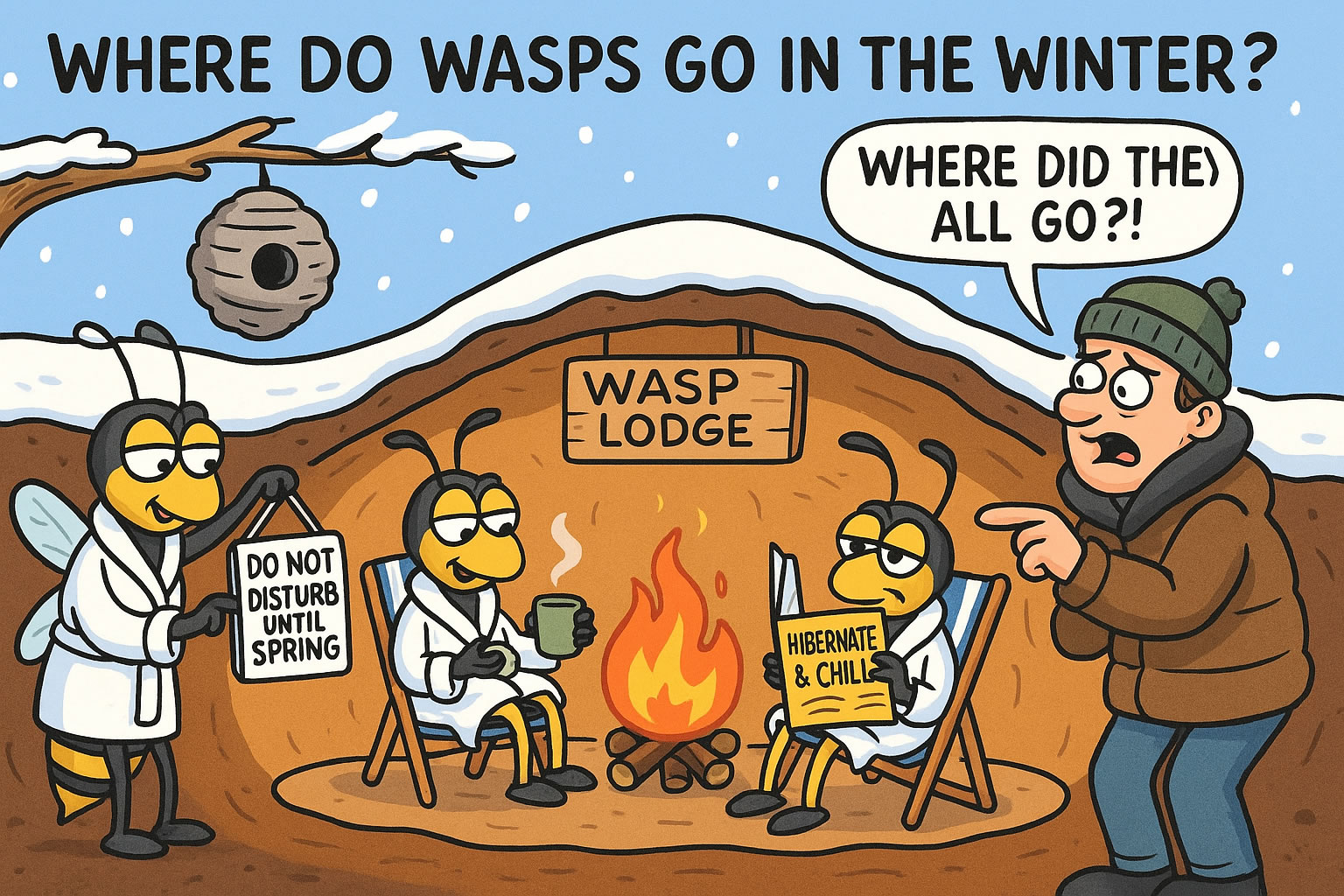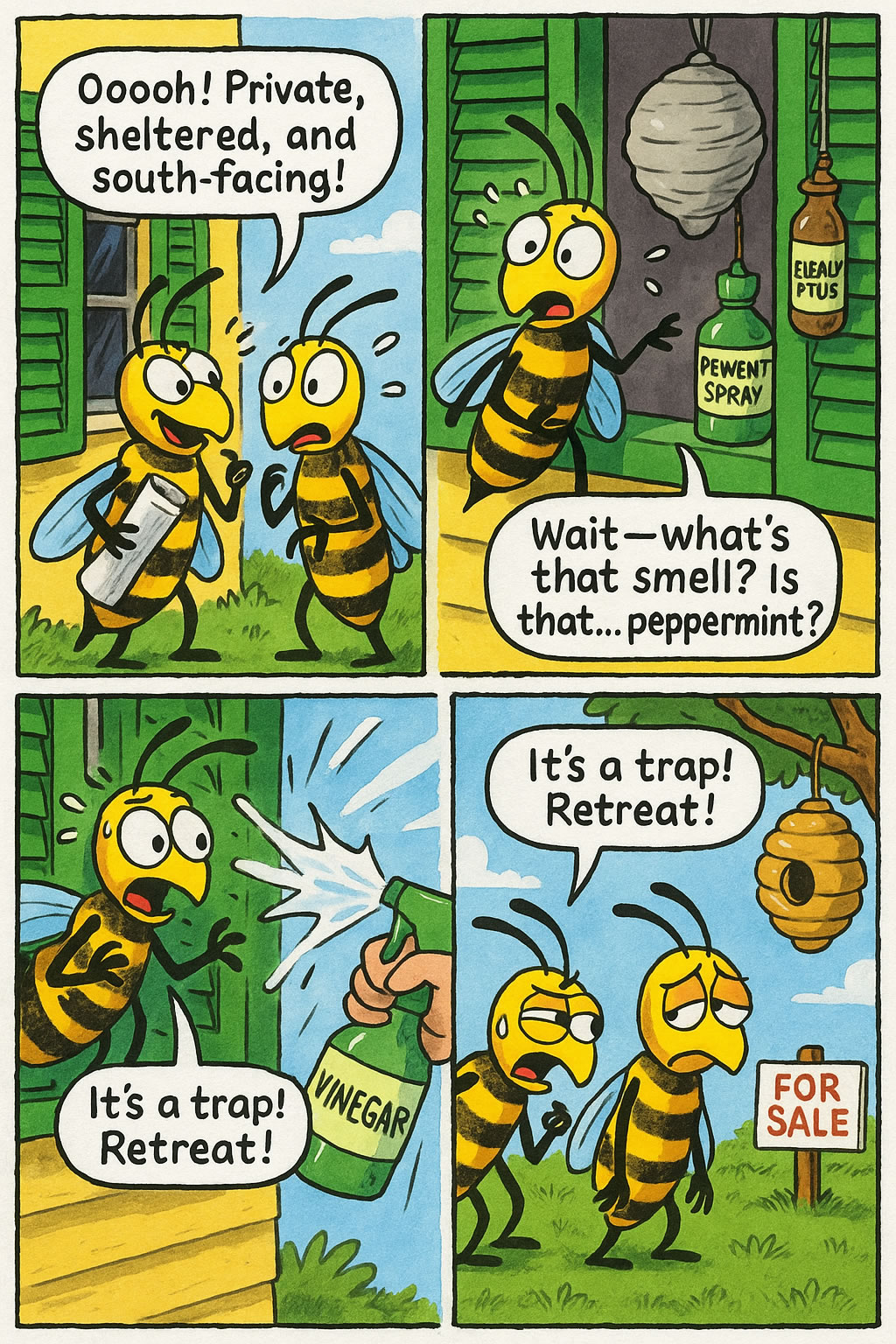Related Queries
ToggleWhen you spot a wasp buzzing around, your first thought is probably, “Please don’t sting me.” And right behind that comes another question: can it sting more than once? It’s a fair thing to wonder, especially if you’ve ever been stung and want to avoid going through that pain again. The truth is, yes—a wasp can sting more than once. And that single fact changes how you need to approach them, especially if you’re dealing with a nest near your home.
So let’s take a proper look at why wasps don’t just sting once, what makes them different from bees, what to do if you’re stung, and how to keep yourself and your family safe from multiple stings.
Why Can Wasps Sting More Than Once?
Wasps are designed for defence. They have smooth stingers that don’t get stuck in your skin like a honeybee’s. That means once they sting you, they can pull out their stinger without any damage to themselves—and they can go right ahead and sting again.
This ability to sting multiple times is part of their survival strategy. It allows them to protect their nest, ward off predators, or defend themselves if they feel cornered.
In contrast, honeybees have barbed stingers. So when a honeybee stings, the stinger gets lodged in your skin and tears away from their body when they fly off—which ends up killing them. Wasps don’t have this problem.
Let’s break it down with a quick comparison:
| Feature | Wasps | Honeybees |
| Can sting more than once? | Yes | No |
| Type of stinger | Smooth | Barbed |
| Dies after stinging? | No | Yes |
| Aggressive when disturbed? | Yes | Usually not |
| Attracted to sweet food? | Yes | Yes |
How Do Different Wasp Species Compare?
Some wasps are more aggressive than others. If you’ve spotted a nest or been stung recently, it helps to know what kind of wasp you’re dealing with. Here’s a simple comparison of common wasps in the UK:
| Wasp Species | Size | Aggressiveness | Sting Behaviour | Common Nest Locations |
| Common Wasp (Vespula vulgaris) | 10–15mm | High | Stings repeatedly | Roof spaces, sheds, wall cavities |
| German Wasp (Vespula germanica) | 12–17mm | High | Stings repeatedly | Underground, attics, tree roots |
| Red Wasp (Polistes dominula) | 10–15mm | Medium | Can sting multiple times | Bushes, under eaves, hanging nests |
| Hornet (Vespa crabro) | 25–35mm | Medium–High | Stronger sting, repeats | Tree trunks, lofts, barns |
This chart gives you a rough idea of which wasps are more likely to sting you—and how bad it could be.
Do All Wasps Sting More Than Once?
Most do, but it depends on the species and whether you’re talking about workers or queens. The most common wasps in the UK—like the common wasp (Vespula vulgaris) and the German wasp (Vespula germanica)—can both sting repeatedly.
Only female wasps sting. Males don’t have stingers at all. So while you could be surrounded by wasps, not all of them are capable of stinging you.
The female wasp’s stinger is actually a modified egg-laying organ (ovipositor). And that’s why only females can use it to defend the nest or attack when they feel threatened.
How Many Times Will a Wasp Sting Before It Stops?
There’s no fixed number. A wasp can technically sting as many times as it wants until it either flies off or you swat it away. But in practice, wasps don’t go on stinging sprees unless they feel seriously threatened.
When a wasp stings you, it also releases pheromones—a sort of chemical alarm. This can signal other wasps nearby that there’s danger. So even if one wasp doesn’t sting you ten times in a row, you could quickly be dealing with multiple stings from different wasps if you’re near a nest.
What Happens to You If a Wasp Stings You Repeatedly?
One sting from a wasp is usually enough to cause sharp, burning pain, followed by redness, swelling, and itching. But if you get multiple stings, the effects can stack up quickly.
Here’s what you might experience after being stung several times:
- Increased swelling across larger areas of skin
- Severe redness that lasts for hours or days
- Intense pain that feels worse than a single sting
- Feeling faint or dizzy, especially if your body struggles to handle the venom
And if you’re allergic to wasp venom, even one sting can trigger a life-threatening reaction like anaphylaxis.
Can Children and Pets Be Stung More Than Once?
Absolutely. And this is where things can get scary. Kids and animals don’t always know how to react when they see a wasp—and they might accidentally make things worse by swatting or running into nests.
For children:
- Their skin reacts more strongly to venom, which means swelling and pain can be more severe
- If stung near the face or throat, breathing could be affected
- If you see hives, wheezing, or vomiting—call 999 right away
For pets:
- Dogs and cats will often snap at or paw at wasps, which can lead to stings on the nose, lips, or tongue
- Multiple stings could cause swelling, pain, or even breathing problems
- Keep a close eye on behaviour: if your pet becomes lethargic, struggles to walk, or has swelling around the mouth or throat, get them to the vet quickly
If you know wasps are active nearby, keep children away from hedges, open bins, fallen fruit, or sweet drinks. And don’t let pets poke around tree trunks or under sheds where nests might be hiding.
What Should You Do If You’re Stung More Than Once?
If you’re stung multiple times, move away quickly from the area. Wasps often hang around their nest, so putting distance between you and the source is your first priority.
Then focus on reducing the reaction:
- Wash the stings with soap and cool water
- Apply a cold compress to bring down swelling
- Take antihistamines like cetirizine or loratadine if you’re not allergic
- Use hydrocortisone cream or calamine lotion on the affected areas
- Avoid scratching to prevent infection
If you notice difficulty breathing, wheezing, swelling in the throat or lips, chest tightness, or confusion, get emergency medical help immediately.
Can Wasps Sting Other Animals or Pets?
Yes—wasps will sting cats, dogs, and other animals if they disturb a nest or try to swat at them. And just like humans, pets can have allergic reactions to stings.
If your pet is stung and shows signs of distress—panting, swelling around the face, vomiting, or struggling to walk—take them to the vet straight away.
Final Thoughts: What Should You Do Next?
Now that you know a wasp can sting more than once—and just how dangerous that can be—it makes sense to stay cautious, especially if there’s a nest nearby or wasps have been buzzing around your property.
If you or someone in your family has been stung, don’t wait to see what happens. Follow first aid steps, look out for allergic symptoms, and get help if anything feels off.
But here’s the big takeaway: if you find a nest, don’t try to handle it yourself. Wasps are extremely protective and can attack in numbers. You could end up with dozens of stings in seconds.
Let a professional deal with it. It’s safer, faster, and far more effective. Book a local pest control visit if:
- You’ve spotted a wasp nest near your home or garden
- Wasps are entering your loft, vents, or wall cavities
- You’re noticing increased aggression from wasps around your bins or BBQ area
Staying informed is step one. Taking action is step two.
Want peace of mind? Speak to a professional pest control service in your area today. Don’t wait for a sting—or several—to push you into it.
Pest Control Turvey – Pest Control Barrow‑in‑furness – Pest Control Waterhead
